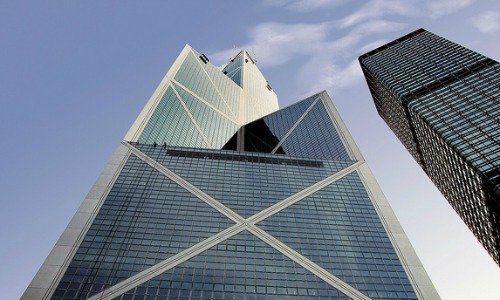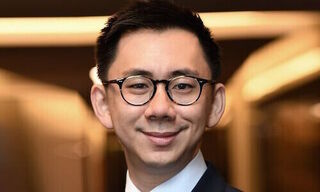Bank of China Takes Private Banking Back to the Future
I.M. Pei caused a stir when he constructed the Bank of China Tower in Hong Kong, the building was criticised by some practitioners of feng shui. Now Pei's son brings the family's touch to Bank of China's private bank.
A report from the «South China Morning Post» says Bank of China (Hong Kong) will convert its current historical old Bank of China building in Central into a new regional headquarters for its private banking unit to accommodate the growing number of mainland Chinese millionaires.
The renovated private banking centre will occupy 2,000 sq feet on ground floor, second floor and eighth floor.
«We have a lot of customer demand for private banking services. Despite China’s capital controls, many of our customers already have assets in Hong Kong so they are not affected by the new control measures,» said. Wendy Tsang Kam-yin, (pictured) Managing Director and Head of private banking for Bank of China.

Hiring to Match Growth
She also said the bank was looking to double its headcount. Bank of China has expanded its private banking business for five years and now has 100 staff, Tsang is hoping to double to 200 this year.
In a quirk of fate the architect who will carry out the project is Sandi Pei Li Chung, the youngest son of I.M. Pei, the architect behind the new Bank of China Tower in Garden Road and the iconic entrance to the Louvre Museum.
Sandi Pei said the design of the private banking centre would preserve the original ceiling and establish a new column with mosaic tile to keep its original style, while making sure the space meets modern banking needs.
Negative Feng Shui
The new Bank of China Tower building (pictured) was criticised by some practitioners of feng shui for its sharp edges and its negative symbolism by the numerous «X» shapes in its original design. This caused many tenants in surrounding buildings to recalibrate their own feng shui to counteract the negative feelings.

Because the building's profile from some angles resembles that of a meat cleaver it also garnered the nickname of the Because the building's profile from some angles resembles that of a meat cleaver it earned it the nickname «Yi Ba Dao» in mandarin literally meaning One Knife.
The old Bank of China building was constructed in 1951, serving as the major office of the bank until it moved to the new tower that was completed in 1990.






















